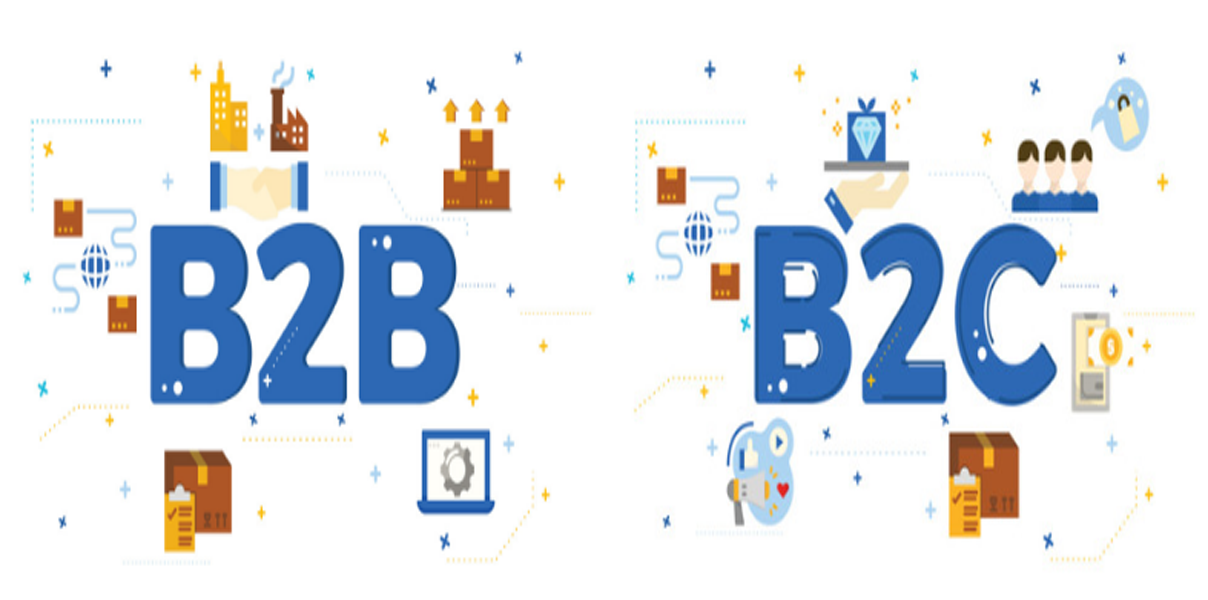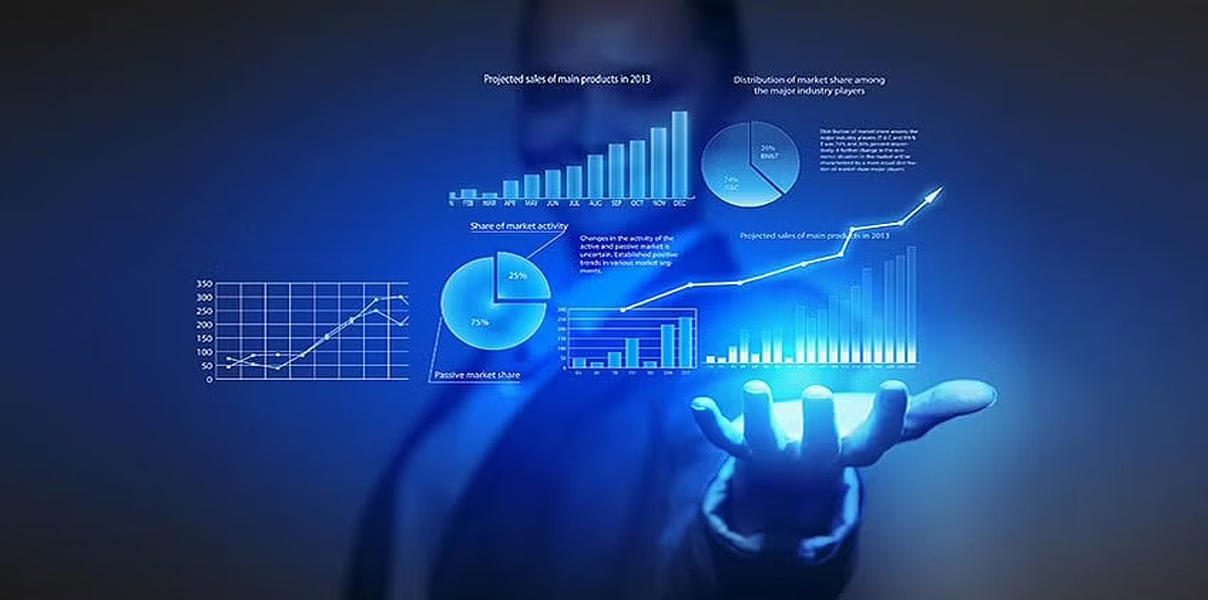There are some key differences between B2C and B2B selling. The most important is the buyer. Consumers are considered individuals, whereas B2B buyers are part of an overall corporate network. While the target demographic for B2C sales varies, 73% of buyers involved in the decision-making process for B2B sales are millennials. Despite the differences, 85% of B2B buyers say they want an experience similar to what they have as a consumer.
With this in mind, how can B2B and B2C brands approach selling differently to suit their target audience? Let’s explore this further.
B2B Sales Approach
B2B sales approach targets logic-based buying habits. Buyers make purchasing decisions based on what makes logical sense to the company’s needs, not on emotions that draw them to a particular product. B2B sales have higher order values, longer sales cycles, and more people involved in those sales cycles.
Nevertheless, statistics show that buyers are looking for a more B2C-like sales experience. Gartner believes this is due to the growing expectation of self-service options. 44% of millennials involved in the decision-making process do not want to have any contact with a salesperson at all. How can B2B brands build fruitful collaborations without salesperson-buyer contact? Use B2C sales and marketing tactics that foster buyer engagement without being intrusive, such as incentive programs.
Incentivesmart’s B2B loyalty platform is a great example of an incentive program that builds long-term collaborations without the need for communication, similar to the loyalty reward programs that work well in the B2C industry. Sellers also need to find ways to make long sales cycles less stressful by providing buyers with the information they need throughout the buying cycle. According to Gartner, 77% of buyers find the final decision-making process complicated, and buyers are 2.3 times more likely to spend more money if a B2B brand provides them with the information they need to close the sale.
B2C Sales Approach
B2C sales approaches are highly individualized and focus on the masses rather than individual needs. Personalized advertising to drive consumers to the final sale has gained a lot of traction in the B2C industry and can be easily achieved using artificial intelligence and similar technologies.
B2C is also a realistic sales approach. Despite personalized advertising, consumers rarely contact a company before purchasing a product, but most B2B buyers need to communicate with a brand before making a final purchasing decision.
Secondly, there is an emotional aspect to B2C selling. This is quite different from B2B selling, but that doesn’t mean B2B selling isn’t emotional too. Harvard Business Review studied emotion-driven selling and found that 95% of sales start with emotion. The problem is that there is no set formula for building an emotional connection with consumers, but here’s how to achieve it:
Create an inspiring story that consumers can relate to.
Build trust and meaningful relationships – rewards programs are great for this. Personalize each experience, if possible.
Identify the emotional triggers of your target audience.
How two different industries integrate sales forecasting
Although the two industries target completely different demographics, these two demographics are more intertwined than ever before. With 73% of buyers involved in the B2B sales decision process being millennials, their expectations of interacting with brands are shifting, much like the way B2C does business.
McKinsey & Company published an article titled “The New Growth Equation” that highlighted how B2B sales are becoming digitalized just like B2C. Two-thirds of buyers have chosen a self-service, fully digital sales approach in 2021. This outcome benefits both buyers and businesses. Companies that participated in the McKinsey survey also agreed that their new digital sales models are better than their pre-pandemic sales models.
This is not the only way the two industries are merging. Just as B2C businesses and consumers have been doing so for years, B2B buyers and sellers are now embracing the omnichannel experience. In 2016, B2B brands used five different sales channels compared to 10 today.
While the two industries may function differently, the sales experience is slowly merging into one. This is primarily related to the digitalization of the B2B industry and the buyers involved in the purchasing decision. The B2B industry has a more streamlined sales cycle, which solves the problems that previously plagued the B2B supply chain.








